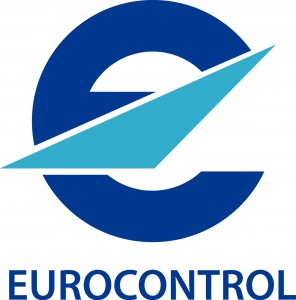The provision of a safe and expedited air traffic flow is ensured by an air traffic controller. Decision support tools are used to assist air traffic controllers in their duties and reduce congestion of and delays in air traffic. All decision support tools, whether they are used for traffic flow management or conflict detection purposes, rely on the information about a current and/or future aircraft position. While the current position is obtained from the surveillance radar or downlinked via ADS-B, the future position is predicted by a trajectory predictor. The trajectory predictor is a service that constructs a four-dimensional flight profile of an aircraft based on the available input data, such as flight plan, aircraft performance and weather forecast. The accuracy of the predicted flight profile depends on the fidelity of a mathematical model used and input data quality. The most of the present trajectory predictors rely on a Point Mass three degree-of-freedom model, which is considered to be sufficient for air traffic management purposes. On the other hand, system design solutions, like omission of a turn modelling, can create inaccuracies and errors in a lateral path prediction. Anyhow, the major source of errors in the trajectory prediction is a bad quality of input data. The acceptability of the trajectory prediction quality depends on the decision support tool purposes. What is considered to be tolerable for traffic flow management, may be unacceptable for conflict detection purposes.
The present research aims to improve the accuracy of trajectory prediction for a medium term. To accomplish this, a sensitivity study is being carried on to investigate the contribution of erroneous input data to the trajectory prediction accuracy. Parameters chosen for the study are considered to have the biggest impact and include aircraft take-off mass, speed settings, weather forecast, top of descent placement, descent performance, turning performance, level-offs and ATC clearances. Next step is to determine a field for a future research based on the results of the sensitivity study and a gap in the field.
This project is funded by, and performed in cooperation with MUAC Eurocontrol.




